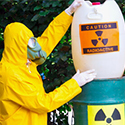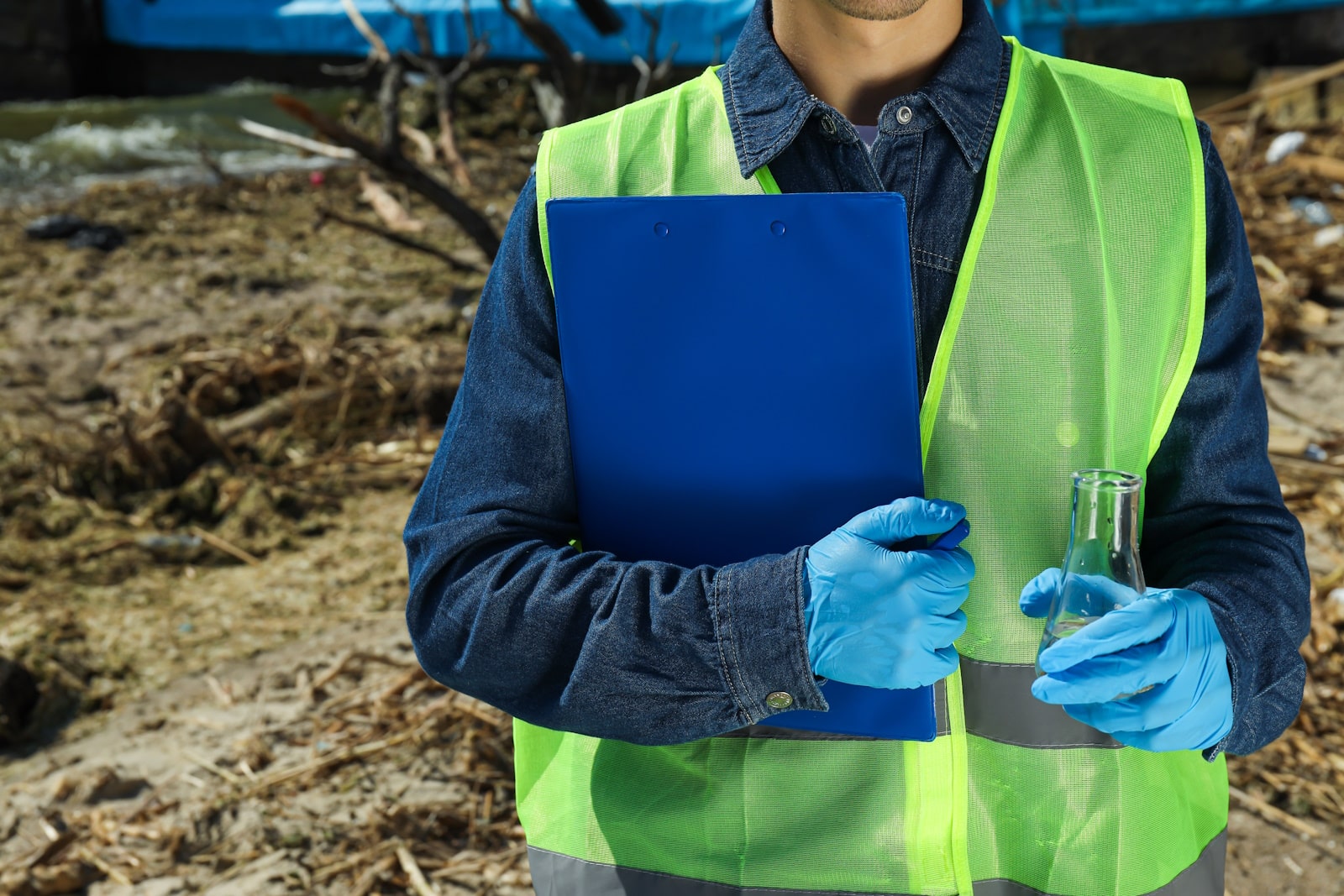The Waste Management Company and QRA
In the realm of waste management, ensuring the safety and efficiency of treatment plants is paramount. Quantitative Risk Assessment (QRA) emerges as a critical tool, enabling a waste management company to systematically evaluate potential hazards and implement measures to mitigate them. By leveraging numerical methods, QRA facilitates informed decision-making, ensuring both environmental protection and operational integrity.
Understanding Quantitative Risk Assessment (QRA)
QRA is a structured approach that quantifies the likelihood and consequences of hazardous events within waste treatment facilities. By assessing risks numerically, a waste management company can prioritise interventions, allocate resources effectively, and comply with regulatory standards.
Key Hazard Identification Techniques
Identifying potential hazards is the cornerstone of effective risk management. Several methodologies assist in this process:
- Hazard and Operability Study (HAZOP): A systematic technique that examines process deviations to identify potential hazards and operational issues.
- Failure Modes and Effects Analysis (FMEA): This method evaluates potential failure points within a system, assessing their impact and likelihood to prioritise corrective actions.
- Fault Tree Analysis (FTA): A deductive approach that maps out the pathways leading to a specific undesirable event, aiding in understanding root causes.
- Event Tree Analysis (ETA): An inductive method that explores possible outcomes following an initiating event, helping to assess the effectiveness of existing safety measures.
Probability Modelling for Risk Events
Assigning probabilities to potential hazardous events is essential for accurate risk assessment. This involves analysing historical data, consulting expert opinions, and employing statistical tools. Software like GoldSim facilitates dynamic simulation, allowing a waste management company to model complex systems and predict potential failures under various scenarios.
Consequence Analysis of Failure Scenarios
Understanding the potential impact of failures is crucial. Consequence analysis evaluates the effects of incidents such as chemical spills, fires, or explosions on human health, the environment, and infrastructure. This analysis informs the development of emergency response plans and mitigation strategies, ensuring preparedness for worst-case scenarios.
Risk Matrix and Risk Ranking Methodologies
To prioritise risks effectively, a waste management company utilises risk matrices that categorise hazards based on their severity and likelihood. This visual tool aids in identifying high-priority risks that require immediate attention, facilitating the allocation of resources to areas with the greatest potential impact.
Source-Term Modelling in Waste Facilities
Source-term modelling quantifies the release rate of hazardous materials during incidents like tank ruptures or pipeline failures. By simulating different scenarios, waste management companies can predict the dispersion of contaminants, enabling the design of containment systems and emergency response plans tailored to specific risks.
Human Error Quantification
Human factors significantly influence the safety of waste treatment operations. Techniques such as the Technique for Human Error Rate Prediction (THERP) and the Human Error Assessment and Reduction Technique (HEART) assess the probability of human errors, considering factors like task complexity and operator experience. These assessments inform training programs and procedural improvements to minimise human-related risks.
Failure Rate Data for Waste Treatment Equipment
Accurate failure rate data for equipment like pumps, valves, and incinerators is vital for reliable risk assessments. Databases compiling historical performance data enables a waste management company to predict equipment failures, schedule maintenance proactively, and design systems with appropriate redundancies.
Risk Mitigation and Control Strategies
Implementing effective control measures reduces both the likelihood and impact of hazardous events. Engineering controls, such as automated shutdown systems and leak detection sensors, provide immediate responses to anomalies. Administrative controls, including standard operating procedures and regular training, ensure consistent and safe operational practices.
Cost-Benefit Analysis of Risk Reduction Measures
Investing in safety measures must be economically justified. Cost-benefit analysis evaluates the financial implications of implementing additional safety features against the potential costs of incidents. For instance, a study on a municipal solid waste recycling facility in Soweto demonstrated a significant return on investment, highlighting the economic viability of proactive risk management strategies.
Regulatory Compliance and QRA
Adhering to regulatory standards is non-negotiable for waste management companies. In South Africa, regulations such as the National Environmental Management: Waste Act mandate comprehensive risk assessments for waste treatment facilities. QRA provides a structured framework to ensure compliance, demonstrating due diligence in protecting public health and the environment.
Challenges and Limitations of QRA
While QRA is a powerful tool, it faces challenges like data gaps, modelling assumptions, and uncertainties in real-world applications. Continuous data collection, model validation, and expert consultations are essential to enhance the accuracy and reliability of risk assessments.
At A-Thermal, we understand the complexities and responsibilities inherent in waste treatment. Our commitment to safety, compliance, and environmental stewardship drives us to implement comprehensive QRA methodologies, ensuring the highest standards in our operations. If you’re seeking a waste management company that prioritises safety and efficiency, contact us today to learn how we can assist in managing your waste treatment needs.







